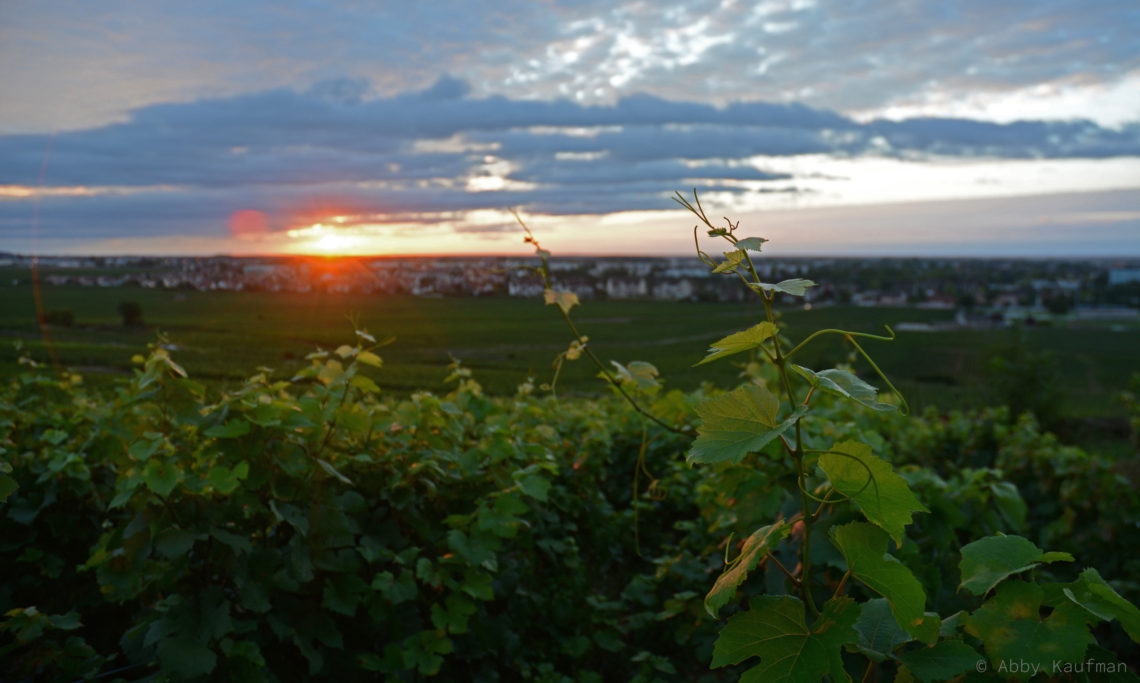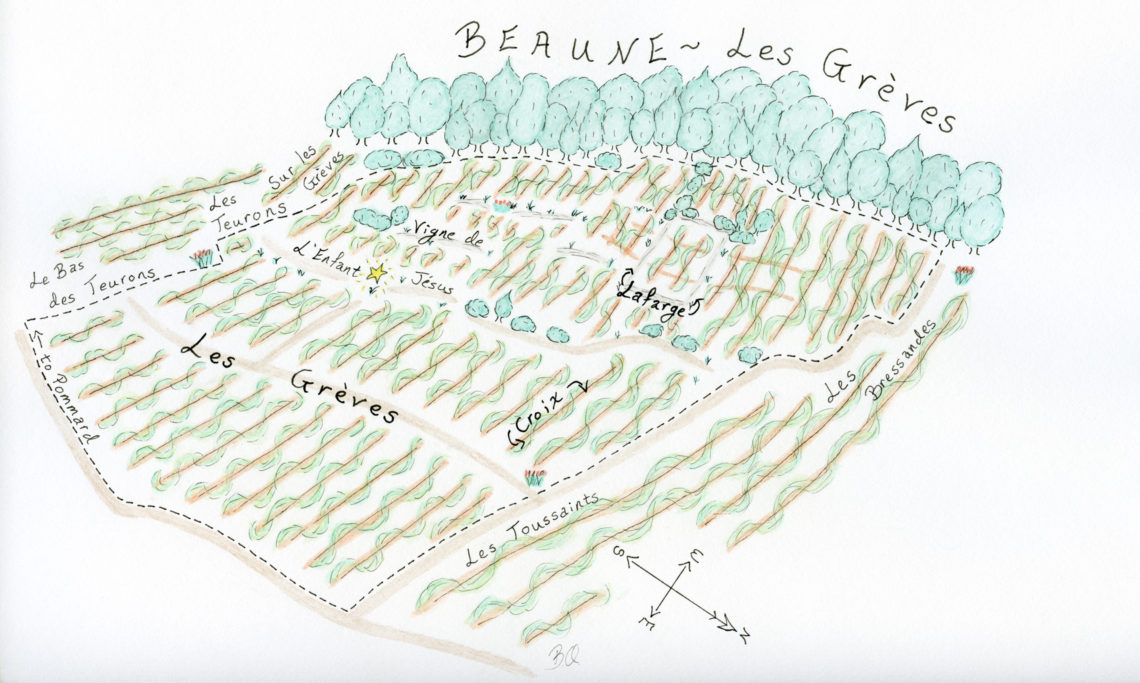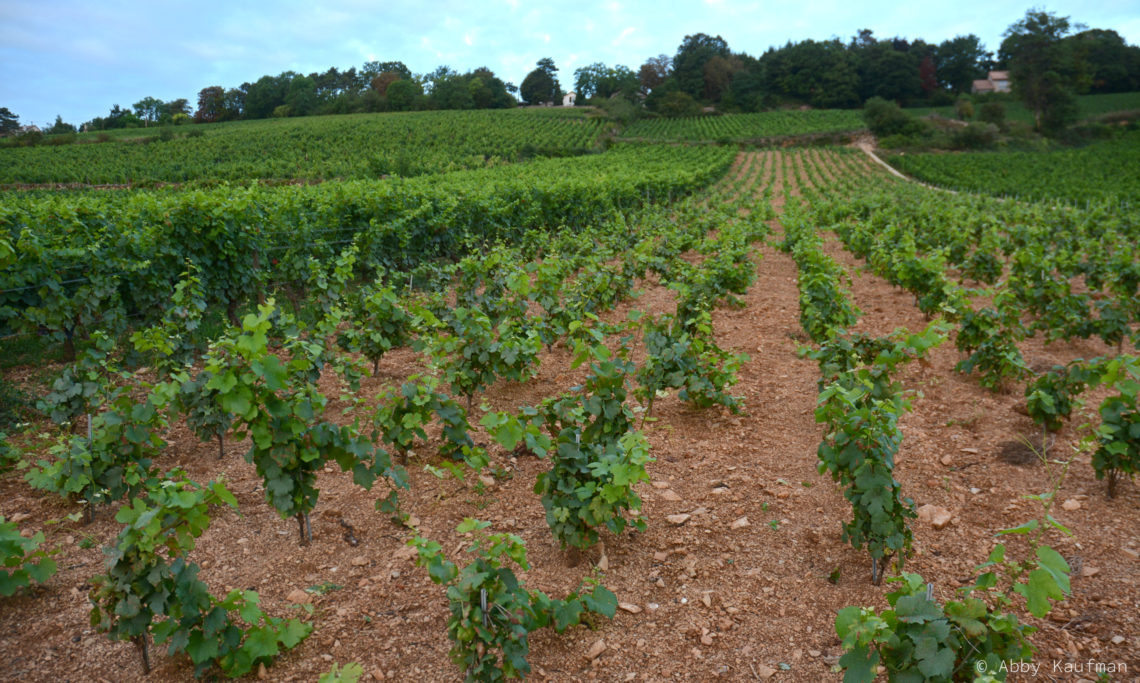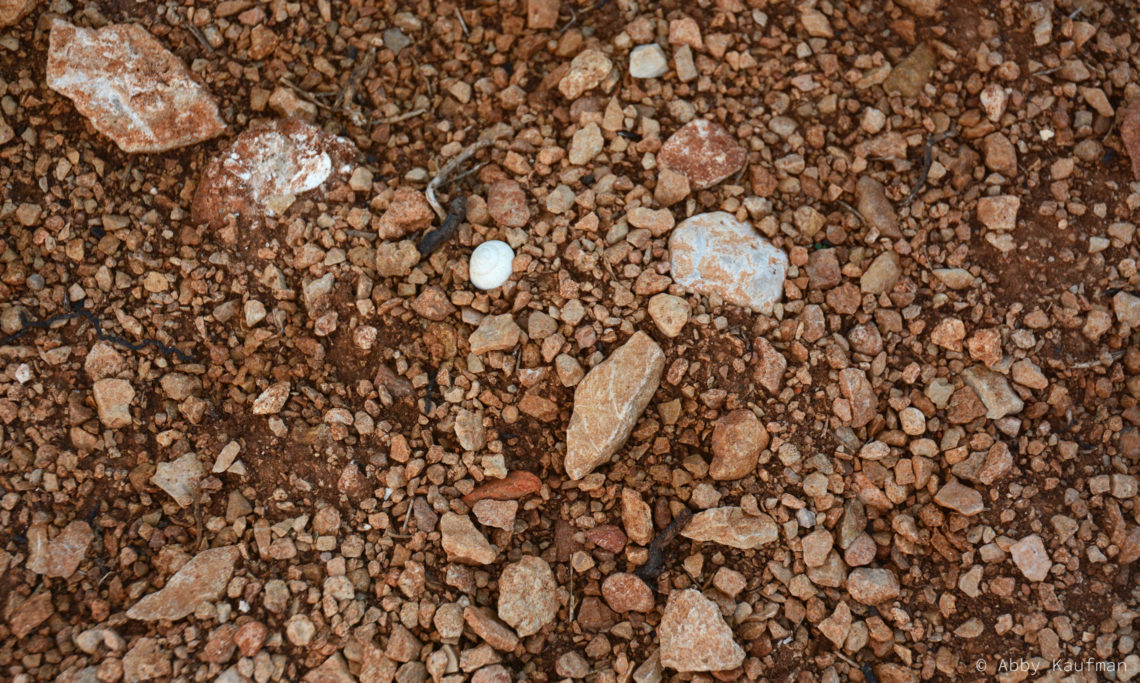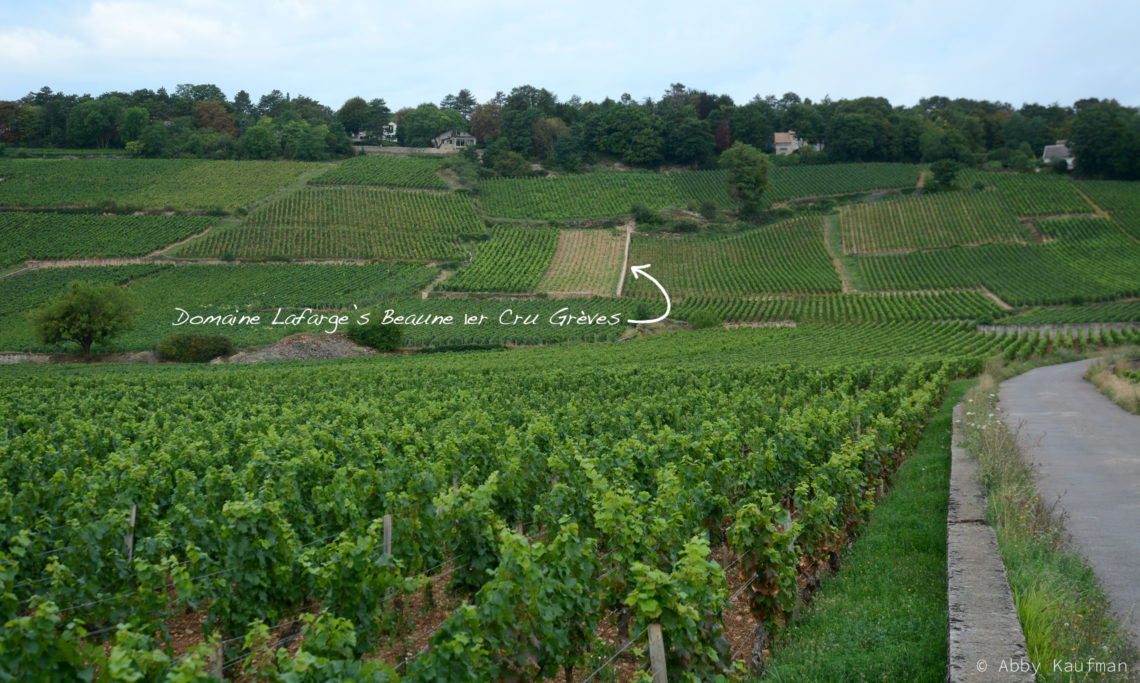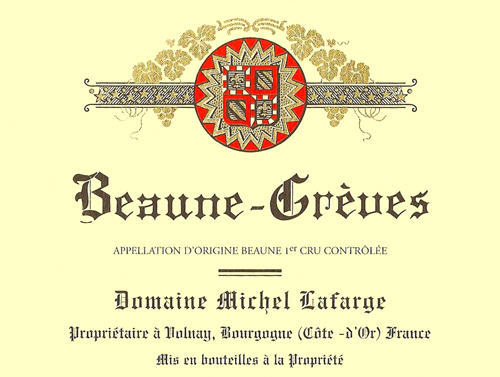Beaune 1er Cru Grèves
At a Glance
- Variety: Pinot Noir
- Surface Area: 0.38 ha (0.94 ac)
- Vine Age: Planted in the 1920s and in 1951, replaced throughout the years when necessary
- Terroir: On a moderately steep, east-facing slope, 225-300 m elevation, deep, gravelly soil over limestone.
- Viticulture: Certified organic (Ecocert) and biodynamic (Demeter)
- Vinification: 100% de-stemmed, 2-3-week ambient yeast fermentation, punch-downs and pump-overs, aged for 18 months in barrels, no fining or filtration.
Additional Info
Etymology
From the common Latin word GRAVA, meaning "crumbly stone, gravel, little stones, fine scree, sandy soil."
In Burgundy, vineyards named Grèves are generally scree-covered lands that are particularly suitable for growing vines.
Source: The Climats and Lieux-Dits of the Great Vineyards of Burgundy, Marie-Hélène Landrieu-Lussigny.
Site
Les Grèves is one of the largest vineyards in Beaune, spanning most of the hill from top to bottom. The elevation ranges from 225 to 300 meters and measures well over half a kilometer across. The vineyard is located directly upslope, west of Beaune. The slope varies from steep at the top to nearly flat at the bottom. It faces directly east.
Geology and Soil
Because this vineyard is so large, the geology and soils are highly variable. The soil is moderately deep (50 cm), very gravelly, with significant amounts of silt and sand. There is very little clay with thick layers of poorly-sorted stones throughout. This texture makes for very light and dry soils.
Lafarge Parcel
The Lafarge parcel of Les Grèves stands out from the entire vineyard. This parcel is located in the northwest corner near the top of the slope at approximately 260-meters elevation. Small crumbling walls surround the vineyard on most sides, and although Frederic says that these small walls do not quite function exactly as a clos, they do help to stop the runoff from other vineyards, keeping his vines healthy. The vines within these small walls sit in a small concavity of the slope that looks like its own little nook, or cradle. Within this cradle are some of Lafarge’s oldest vines of Pinot Noir, with the oldest being up to 96 years old.
With many thanks to geologist Brenna Quigley for her illustration, and for putting the physical and geologic aspects of these vineyards into words far more meaningful than we could have written on our own. https://www.brennaquigley.com
Wines
-
White
-
Rosé
-
Red
- Bourgogne Passetoutgrain l'Exception
- Anthologie Bourgogne Passetoutgrain l’Exception
- Bourgogne Pinot Noir
- Beaune 1er Cru Clos des Aigrots Rouge
- Beaune 1er Cru Grèves
- Volnay
- Volnay Vendanges Sélectionnées
- Volnay 1er Cru Les Mitans
- Volnay 1er Cru Les Caillerets
- Volnay 1er Cru Clos du Château des Ducs
- Volnay 1er Cru Clos des Chênes
- Volnay 1er Cru Les Pitures

